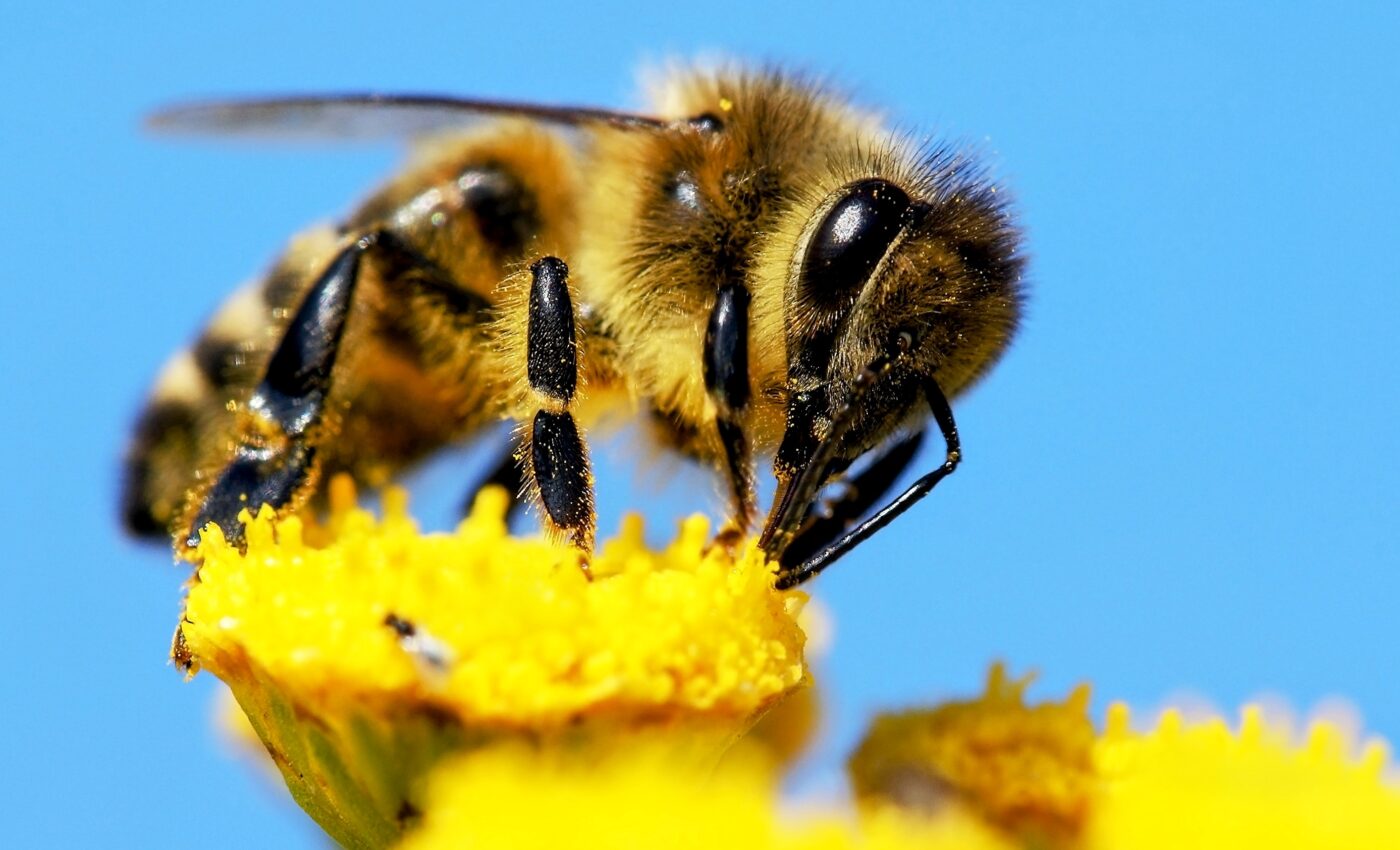
Honeybees are very selective about their nutritional choices
Honeybees are more discerning in their nutritional choices than previously believed, according to a new study led by the University of Helsinki. This revelation could have profound implications for both bee health and human agriculture.
“Honeybees are the most widespread managed pollinators of our food crops, and a crucial part of their well-being is a suitable diet,” wrote the study authors. “Yet, we do not know how they choose flowers to collect nectar or pollen from.”
Surprisingly selective
Historically, honeybees were regarded as generalists when it came to selecting flowering plants, implying they could adapt to a variety of plant species.
However, the current study has challenged this assumption, indicating that these insects display a high degree of selectivity.
Honeybees use a fraction of available plants
“Honeybees choose certain plants as their food resources, and these choices differ among time points and, within a time point, even among bee colonies within the same apiary,” explained study co-author Helena Wirta.
“As an example, at a time point, a colony would collect nectar and pollen mainly from different plants.”
“Based on our results, honeybees are more selective than assumed, using only a fraction of available plants. Thus, to fulfil its nutritional needs, it is likely to need a wide selection of plants from which to select suitable ones.”
Focus of the study
For the study, honey and pollen samples were collected from beehives. DNA was then extracted from the samples to investigate the nutritional contents of the plants that the bees had visited.
“Here we studied forty-three honeybee colonies in six apiaries over a summer, identifying the floral origins of honey and hive-stored pollen samples by DNA-metabarcoding,” explained the study authors.
“We recorded the available flowering plants and analyzed the specialized metabolites in honey.”
What the researchers learned
The results revealed that plant species vary in the protein content, amino and fatty acid composition of pollen, and the quantity and composition of sugars in the nectar.
In line with these variations, bees would, for instance, favor raspberries particularly in mid- and late summer for nectar. During early summer, they would opt for nectar and pollen from blueberry and cow parsley.
“Overall, we find that honeybees use mostly the same plants for both nectar and pollen, yet per colony less than half of the plant genera are used for both nectar and pollen at a time,” wrote the researchers.
“Across samples, on average fewer plant genera were used for pollen, but the composition was more variable among samples, suggesting higher selectivity for pollen sources. Of the available flowering plants, honeybees used only a fraction for either nectar or pollen foraging.”
Study implications
These revelations hold significance, especially in light of the declining pollinator numbers reported in recent years.
Honeybees play a pivotal role as pollinators for not just crop plants but also for wild flora. It is important to know which plants meet honeybee nutritional requirements.
“We studied managed honeybees, so our results apply especially to crop species pollination, which impacts both the quality and quantity of yields,” said Wirta.
“To ensure food security, including a variety of plants with high nutritional value, we should take these new findings into consideration.”
The research is published in the journal Scientific Reports.
Like what you read? Subscribe to our newsletter for engaging articles, exclusive content, and the latest updates.
—-
Check us out on EarthSnap, a free app brought to you by Eric Ralls and Earth.com.













